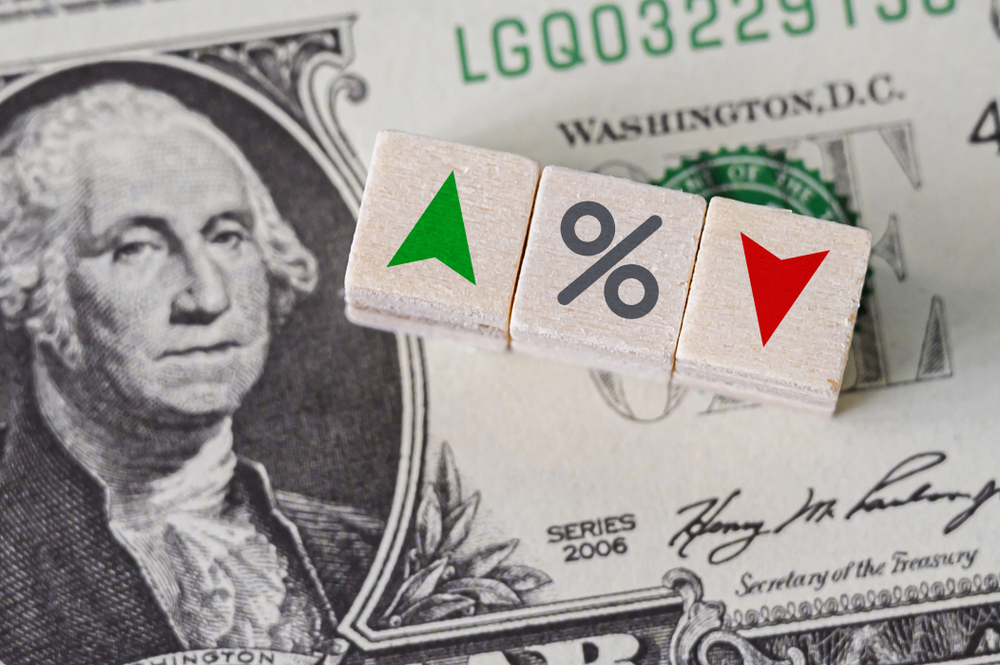The headlines can be confusing—one day, it sounds like the housing world is crashing, and the next day it’s “better than expected.” But when you look closely at the numbers, the story becomes much clearer. The real estate market is changing, and for once, the shifts might actually be working in favor of both buyers and sellers in different ways.
Mortgage rates have dipped to their lowest levels in nearly three years, homebuyer purchasing power is increasing, and sellers are getting more flexible to keep deals moving. So what’s really happening beneath the surface? Let’s unpack the latest data from the National Association of Realtors, Redfin, and HousingWire to understand where the real estate market stands right now—and what it could mean for you.
The Big Picture: A Market Finding Its Balance
According to the National Association of Realtors (NAR), September 2025 saw 4.06 million existing home sales with a median price of $415,200. That’s a 2.1% increase from a year earlier, showing that while home prices continue to rise, the growth is more measured than the frenzied pace seen during the pandemic years. Inventory has improved slightly, reaching 4.6 months of supply—up 0.4 months from September 2024. It’s not yet a perfectly balanced real estate market, but it’s a step in the right direction.
What this means for buyers and sellers is a more stable environment. Buyers are finding a few more options, and sellers are adjusting expectations to align with the market’s slower but steadier rhythm. This stabilization is important—it signals that the extreme volatility of recent years is cooling, and the real estate market is beginning to settle into a more sustainable pattern.
Still, the story isn’t the same everywhere. Local trends vary widely, with some regions experiencing renewed competition while others are seeing slower movement. But on a national scale, the numbers suggest a market regaining its balance after several roller-coaster years.
Falling Mortgage Rates Are Changing the Game
Redfin reports that the average 30-year mortgage rate recently dropped to 6.17%, near its lowest level in three years. For buyers, that shift is huge. A homebuyer with a $3,000 monthly budget can now afford a $473,750 home, compared to $447,750 a year ago when rates were around 6.85%. That’s about $26,000 in additional buying power—enough to make a real difference in today’s real estate market.
Despite this welcome relief, not everyone is jumping back into the market just yet. Redfin data shows that pending home sales fell 0.7% year over year during the four weeks ending October 19. The reason? Many buyers remain cautious. While lower rates help, uncertainty about the economy and stubbornly high home prices—up 2% year over year—are causing some hesitation. The emotional side of the market still matters, and right now, many consumers are torn between opportunity and concern.
However, for those ready to make a move, it’s becoming a buyer’s market in many areas. Sellers are more willing to negotiate, and builders are offering significant incentives, including price reductions, mortgage rate buy-downs, and even covering HOA dues. It’s a real estate market that rewards preparedness and flexibility more than ever.
Housing Demand Is Stabilizing Again

HousingWire reports that housing demand began recovering more than three months ago and has now stabilized. One of the reasons many people misunderstand the current real estate market is that they rely on outdated reports, often lagging three to six months behind. When you look at live, weekly data, a different picture emerges: buyer activity is stronger than it appears on the surface.
Mortgage rates falling below 6.64% have reignited interest, especially among homebuilders. Confidence among both large and small builders has improved, and new home sales recently hit a three-year high. Even smaller builders, who lack the deep financial reserves of national developers, are reporting increased optimism as rates hover near 6%. That’s a healthy sign for the broader real estate market, suggesting that construction could help ease inventory shortages in 2026.
While some analysts remain skeptical of month-to-month fluctuations, the overall trajectory is encouraging. The takeaway is simple: lower mortgage rates are breathing life back into the market, bringing demand up just enough to steady what had been a shaky first half of the year.
Inventory Trends Tell the Real Story
One of the most underappreciated stories in the 2025 real estate market is the change in housing inventory. Earlier this year, inventory was up 33% year over year. But as mortgage rates declined and buyer demand improved, that growth slowed to 16%. In other words, homes are being absorbed faster than expected, reducing the pace at which listings pile up.
According to HousingWire, inventory peaked earlier than usual this year—around the first week of August instead of October or November. Between October 10 and October 17, total active listings rose only slightly, from 856,870 to 859,419. That’s minimal growth compared to the same period in 2024. This earlier-than-normal peak signals that demand has been strong enough to keep supply in check, even during months when inventory typically rises.
Price cuts have also stabilized. The percentage of listings with price reductions is now below 2022 levels, when significant midyear declines occurred. Together, these trends show that the real estate market isn’t in a downturn—it’s normalizing. The wild spikes of recent years are giving way to steadier seasonal patterns and more predictable price behavior.
How the Fed and Rates Continue to Shape the Market

Mortgage rates remain heavily influenced by the Federal Reserve’s policies and the 10-year Treasury yield, which is currently around 4%. Despite concerns about inflation and government debt, roughly 65% to 75% of mortgage rate movement still depends on the Fed’s actions. As the yield nears a key level, it’s testing the lower boundaries of this year’s rate range—and that’s good news for the housing sector.
HousingWire analysts suggest that if rates can stay near 6% or dip closer to 5.75%, the real estate market could gain stronger momentum heading into early 2026. Purchase application trends already hint at growing demand: since rates dropped below 6.64%, there have been seven positive weeks out of the last eleven, and 24 consecutive weeks of double-digit year-over-year growth. That’s not a surge, but it’s a steady, sustainable climb that points to renewed confidence among buyers.
It’s also a reminder that rate stability matters just as much as rate reductions. When consumers believe rates will hold steady, they’re more likely to act—creating a feedback loop that helps the real estate market maintain its footing even as economic uncertainty lingers.
What It All Means for Buyers and Sellers
For buyers, this is an intriguing moment. Increased purchasing power and more flexible sellers make it possible to secure deals that would have been unthinkable a year ago. Builders are sweetening the pot with incentives, and motivated sellers are offering concessions to close deals. In short, there are opportunities out there for buyers who are prepared and decisive.
For sellers, the key takeaway is that pricing realistically is more important than ever. Homes priced competitively are still moving, and with demand gradually strengthening, well-presented properties continue to attract attention. The real estate market remains resilient, and sellers who adapt to today’s conditions can still achieve great results.
Ultimately, the 2025 real estate market isn’t about chaos—it’s about correction. Lower rates, improving confidence, and steady demand are combining to restore balance. The coming months will reveal whether this stability can hold, but for now, the signs are far more encouraging than alarming.
FAQ

Are home prices expected to drop in 2026?
Current trends suggest that home prices are stabilizing rather than declining. While some markets may see small corrections, national prices are likely to remain steady if mortgage rates hold near 6%.
Is now a good time to buy a home?
With mortgage rates at their lowest in nearly three years and sellers offering more concessions, this could be a favorable time for qualified buyers. The key is to be financially prepared and move quickly when the right property appears.
Will inventory increase next year?
Housing inventory growth has slowed considerably in late 2025, but new home construction is on the rise. If builder confidence remains high, 2026 could bring a moderate inventory boost.
How do mortgage rates impact the real estate market?
Mortgage rates directly affect affordability. When rates fall, buyers can afford more, which typically increases demand. When they rise, affordability drops, and the market slows. Stability in rates is crucial for a healthy housing cycle.
What can sellers do to attract buyers right now?
Sellers should focus on pricing competitively and offering incentives like rate buy-downs or closing cost assistance. Flexibility and realistic expectations can make all the difference in this evolving real estate market.

